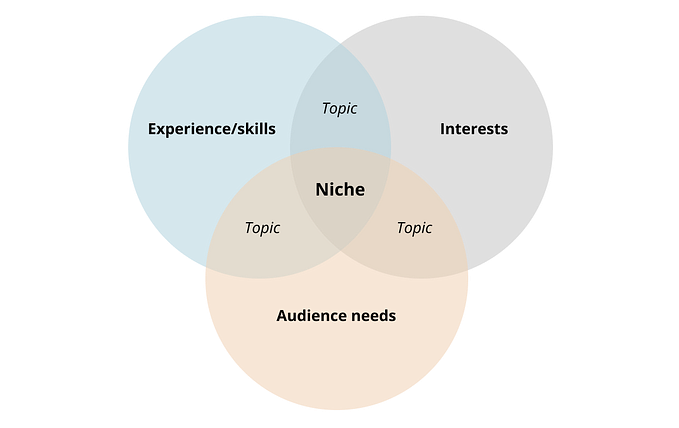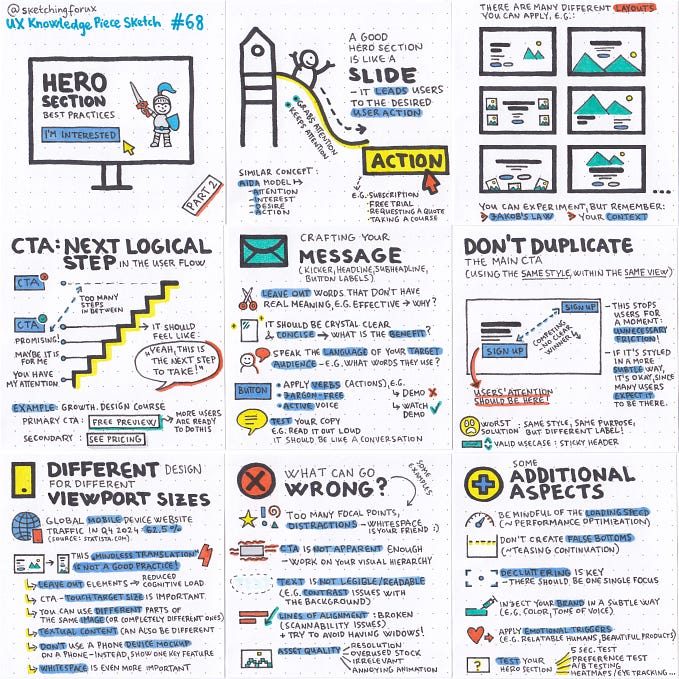Member-only story
The three most important lessons I’ve learned as a UX Designer in 2022
Most of my UX growth came from looking outside the field

This year marks a decade spent in UX, which means I've been reflecting a little on what I've learned.
This was a strange year as a UX Designer, where I received more lessons from outside the realm than within it. From helping my stakeholders understand me better to understand the impact AI has on design, these are the three most important lessons I've learned in 2022 to help me grow as a designer.
It's easier to persuade team members by learning a little about them
This is something that I've felt for a while, but it was someone's LinkedIn post that I fundamentally disagreed with that got me to voice my thoughts.
“If you’re working with UX and hiring them, you should have some idea of what UX actually does.”- Frustrated UXer on LinkedIn
I've worked with people who had little to no idea what UX was for most of my career. I've spent a decade working in Healthcare and Federal UX, whose organizations tend to be low on the UX maturity scale.

In many of these cases, I've been someone's pet project. They see the value of UX, perhaps attending courses, and are willing to hire and mentor you. But that understanding of UX is piecemeal: the rest of the team often doesn't know who you are or what you do.
If you don’t explain UX or offer specific help, UX might become a checkbox on your project. This is where the team waits for UX to do 'something’ (that could be magic for all they know). Then, once you're done, the rest of the team does things the way they've always done them.
As tedious as it might be to explain how UX can help, it's better than the alternative, where developers build a website loosely based on your design (and ignore all of the UX improvements you've made). But getting people to understand UX can be a challenge at times.








